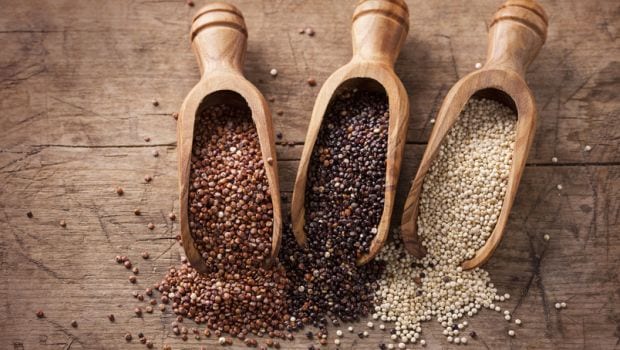6 Excellent Sources of Vegetarian Protein for Your Daily Diet
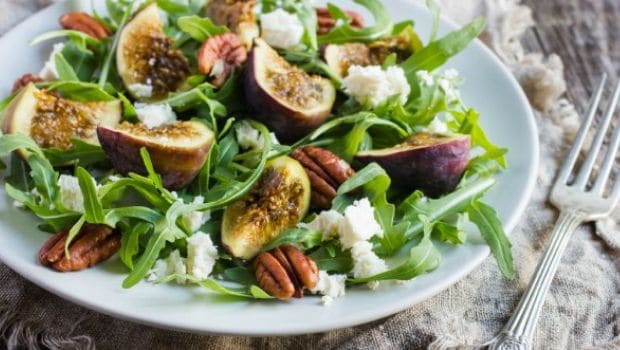
I’m going to begin with a boring, but necessary, scientific survey that was published in the Indian Medical Gazette in April 2015. The study was conducted across seven Indian cities (Ahmedabad, Delhi, Chennai, Kolkata, Lucknow, Mumbai and Vijaywada) with 1,260 respondents, and took a look at protein consumption in our daily diet. The not-so-shocking conclusion was that almost 9 out of 10 consumers had a protein-deficient diet, regardless of gender or socio-economic status. Perhaps unsurprisingly, vegetarians had a higher protein deficit than non-vegetarians.
Why Do We Need Protein?
We all know that protein is the building block of the body and subsequently, amino acids are the building blocks of protein. Some can be produced by the body but some need to be consumed. That’s easy enough, except that there are a variety of amino acids that the body needs. A meat-eater would have no problem imbibing this variety as all meat already possesses a complete array of amino acids; a vegetarian, Jain or vegan, on the other hand, would need to absorb a rainbow of foods to get the full benefit. This is really not all that hard, considering that we already consume plenty of protein-rich, plant-based foods that are quite easily available.
Types of Plant-Based Protein
1. Soy
According to a paper named Protein – Which is Best? available at the U.S. National Institutes of Health’s National Library of Medicine, soy is a complete protein that has blood-pressure lowering and LDL-cholesterol oxidising benefits. Soy is not really part of a traditional Indian diet, but it was Gandhiji himself who became interested in the ingredient as a high-protein, low-cost food. In A History of Soy in the Indian Subcontinent, William Shurtleff and Akiko Aoyagi write that “starting in October 1935, Gandhi began serving whole soybeans (steamed for two hours) to all members of his community at Maganwadi; they were eaten with chapati or bhakri for breakfast, and with rice for dinner, seasoned with a little salt and oil.”
If Gandhiji’s soy preparations don’t float your boat, you can get your soy servings of the day through tofu, edamame, soy milk or atta. I love tofu myself, but for those with an aversion to it
s taste, try cooking it as a bhurji, with lots of lovely masala. Edamame beans are a superb, healthy snack when lightly steamed and tossed with salt. And soya atta can easily be popped into your regular chapati atta.
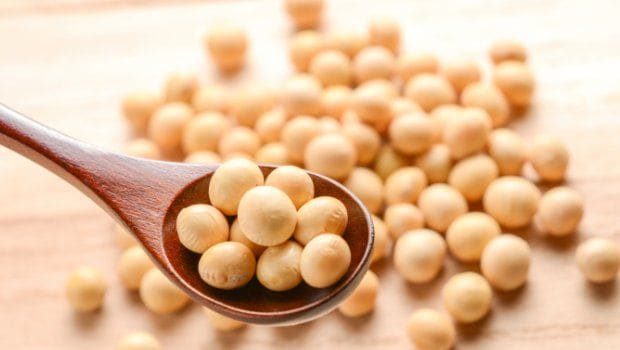
2. Lentils and Pulses
Another excellent source of protein comes via lentils. The Harvard School of Public Health tells us that one cup of cooked lentils provides about 18g of protein and 15g of fibre, and it has virtually no saturated fat or sodium. We in India, are no strangers to lentils, considering the wealth of dals we consume.
Coming a close second are pulses, which include beans, chickpeas etc. They are an excellent source of fiber and are low in fat. Each bean has its own health-boosting elements. For instance, rajma is rich in phosphorus, necessary to form strong bones. What could be better than a simple, moreish rajma-chawal to boost your protein intake? Another one of my favourite ways to get beans in my belly is via matki usal and misal pao, made from wee matki (moth) beans. Chickpeas make the quick transition into hummus. Or you could try beans on toast, stuff them in a burrito or cook them into a Tex Mex-style chili.
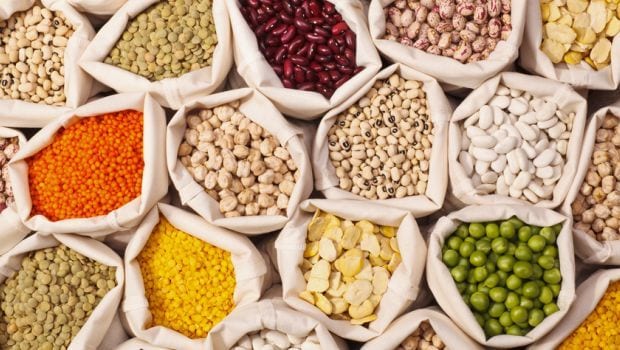
3. Nuts
Nuts get a bad rep because they are considered relatively fatty, but they are a powerhouse of unsaturated fat (the good kind) and protein. This means that they fill you up faster and for longer, leading you down the road to low BMI, higher life expectancy and even help to stabilise blood sugar (according to a study in The British Journal of Nutrition). Cashews, almonds, pistachios and peanuts harbour higher amounts of proteins than other nuts like hazelnuts, so buy a mixed bag, sprinkle over with masala and a light hand of salt, and enjoy at teatime. Blend them into nut butters and spread on bread, or toss them into your bowl of porridge or muesli. Or you could make a Gujarati-style dal that is cooked with peanuts – a two-in-one advantage.
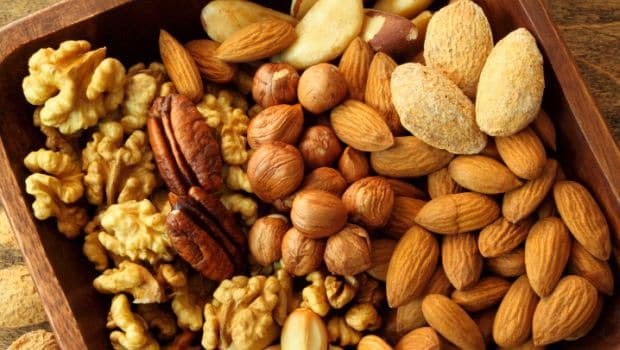
4. Seeds
Seeds are powerhouses of protein as well. Sunflower seeds, for instance, contain 3.3g of protein per 100 calories. Plus, they’re super versatile to use. Like nuts, you could toss them into your porridge, cornflakes or muesli, toast lightly and sprinkle as toppings on soups, or pop into stir-fries and salad dressings. Sesame seeds, high sources of protein, make excellent supplements to plant proteins. My own favourite way to consume these is in crisp til chikkis or ladoos.
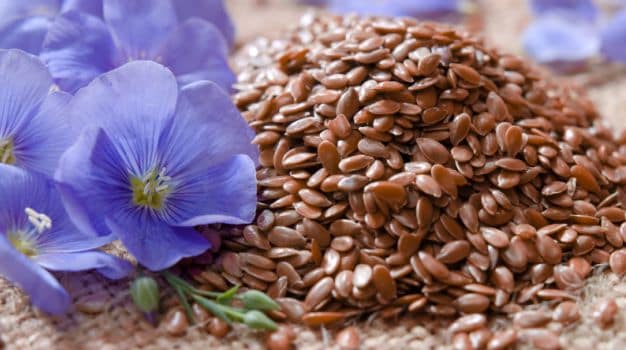
5. Quinoa
Quinoa, which is technically a seed, also packs a strong protein-punch; a quarter cup (uncooked) has up to 8g of protein. Quinoa often makes a great substitute for starchy rice and pasta, and you can cook it like an upma, use it in a salad and even toss some vegetables and cook it like a light, healthy pulao.
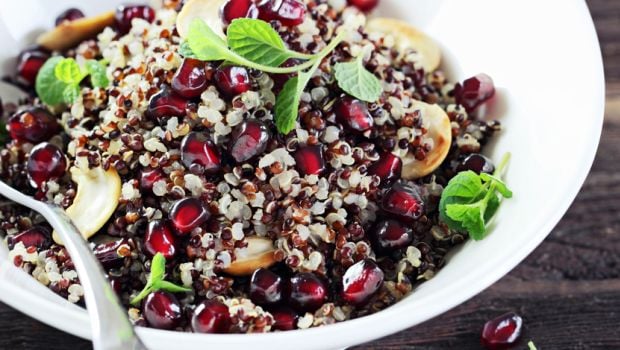
6. Ancient Grains
Grains, like oats, wheat, ragi and bajra (millets), are packed with protein. Your breakfast oatmeal and bajre ki roti/ khichdi are excellent ways to up the protein in your diet. I’m including rajgira (amaranth) in here, which isn’t a grain technically, but is often treated as one. The Whole Grains Council says that “at about 13-14%, it easily trumps the protein content of most other grains. You may hear the protein in amaranth referred to as ‘complete’ because it contains lysine, an amino acid missing or negligible in many grains.” It’s fairly easy to buy rajgira ladoos, cooked with sugar or jaggery, especially in the winter. But it’s healthier to add amaranth flour to your daily chapati or paratha atta. In fact, making your chapatis from a blend of attas will substantially raise their nutritional value.
